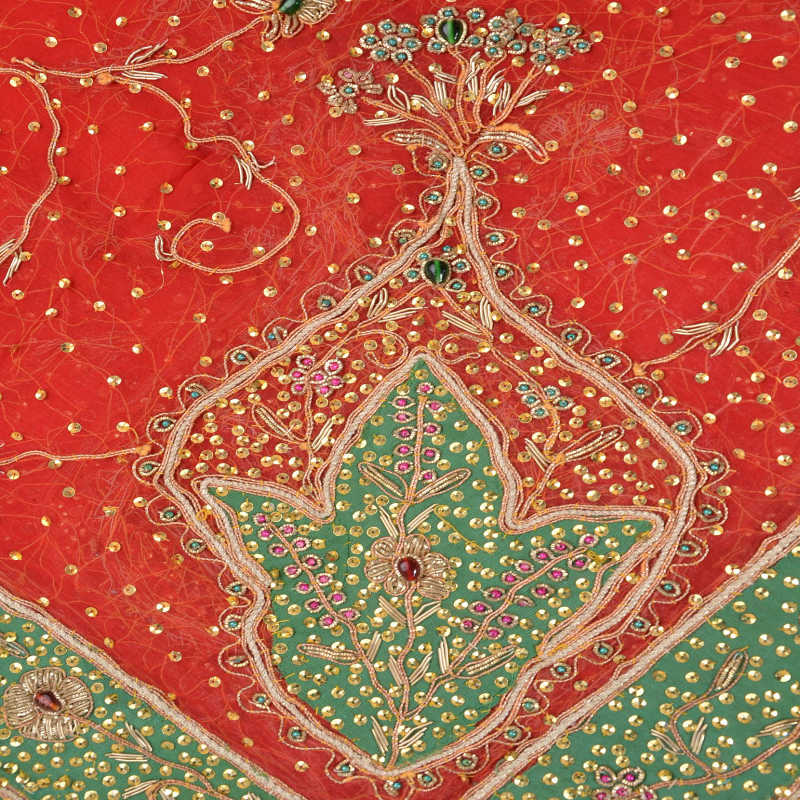===
0602,
2
===

=== |
 |
rū-o-ḳhāl-o-zulf hī haiñ sunbul-o-sabzah-o-gul
āñkheñ hoñ to yih chaman āʾīnah-e nairang hai
1a) only/emphatically face and beauty-spot and curls are hyacinth and greenery and rose
1b) hyacinth and greenery and rose are only/emphatically face and beauty-spot and curls
2) if there would be eyes, then this garden is a mirror of fascination/wonder/deceit
sunbul : 'A plant of sweet odour, spikenard (to which the Persians compare the locks of a mistress); —the hyacinth; maiden-hair'. (Platts p.680)
nairang : 'Fascination, bewitching arts, wiles; magic, sorcery; deception; —deceit; trick; pretence; evasion; —freak; —a wonderful performance, a miracle; anything new or strange'. (Platts p.1166)
FWP:
SETS == MULTIVALENT WORDS ( nairang ); SYMMETRY
MOTIFS == EYES; MIRROR
NAMES
TERMS == 'COLLECTING AND SCATTERING'Are we talking about the beloved's features, and likening them to flowers in a garden (1a), or are we talking about the flowers in a garden, and likening them to the features of a beautiful beloved (1b)? The nature of Urdu grammar, and of Mir's poetic cleverness, makes it impossible to tell. For the second line works to reinforce the ambiguity (why are we not surprised?). If he/she/they (perhaps, but not necessarily, the addressee) would have the eyes to see it, the 'garden' of this world is a mirror of fascination and trickery-- either because its essence is a transcendent beloved who can be seen in or through flowers (as in 1a), or because its verdure consists of flowers that are actually features of an irresistibly beautiful beloved (as in 1b).
As SRF notes, the arrangement of the terms in the first line is reversed: A1 , B1 , C1 are C2 , B2 , A2. Should this particular arrangement be taken as a kind of mirror image? It's not clear; it's just a possibility to play with. This device of 'collecting and scattering' [laff-o-nashr] is traditional in Persian-Urdu poetics; it corresponds to the rhetorical figure of 'chiasmus'.
Above all, this verse is an exploration of the excellent subtleties of the multivalent word nairang (see the definition above). Platts gives its more common modern meanings, and SRF adds other, rarer ones. But the core of its wonderful ambiguity is the two meaning-clusters that center on 'wonder, marvel' and 'deceit, trick'. The verse opens-- and of course, leaves open in our minds-- the question of the extent to which the 'wonders' of the world around us are (also? instead? ultimately?) 'deceits'.